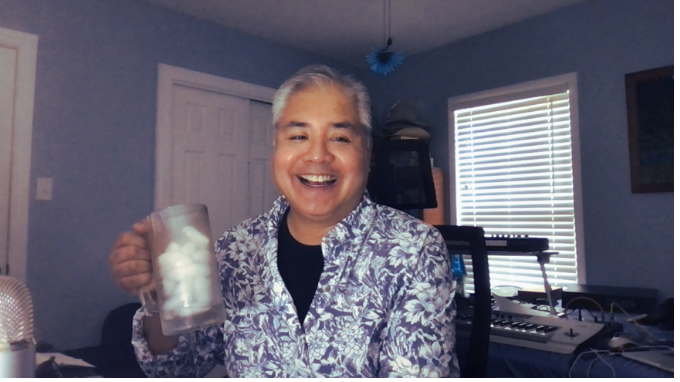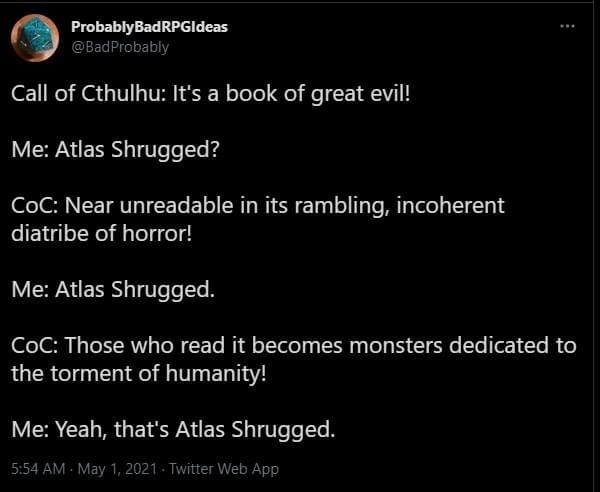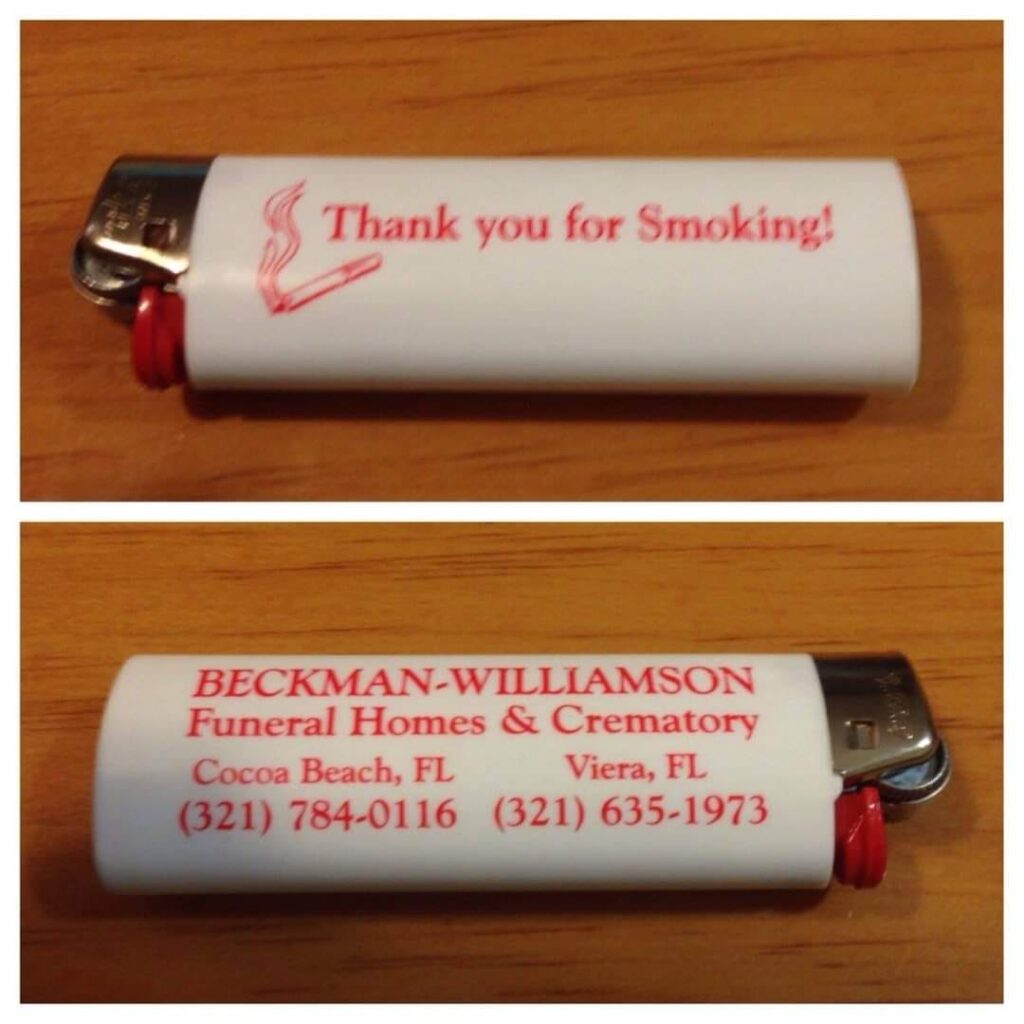 So how’s your afternoon going? Mine’s a bit surreal.
So how’s your afternoon going? Mine’s a bit surreal.
Categories
 So how’s your afternoon going? Mine’s a bit surreal.
So how’s your afternoon going? Mine’s a bit surreal.



…and the worst part is 

I think it was after reading it that I came up with my favorite critique: “I’ve seen better paper after wiping my ass.”

As The Plague slowly recedes, we’ve been getting out more and more. Earlier this week, we were catching up with friends in St. Pete, where we took this photo when we arrived.

The funeral home is real, and so is the lighter. This form of advertising is very memorable, and very Florida.